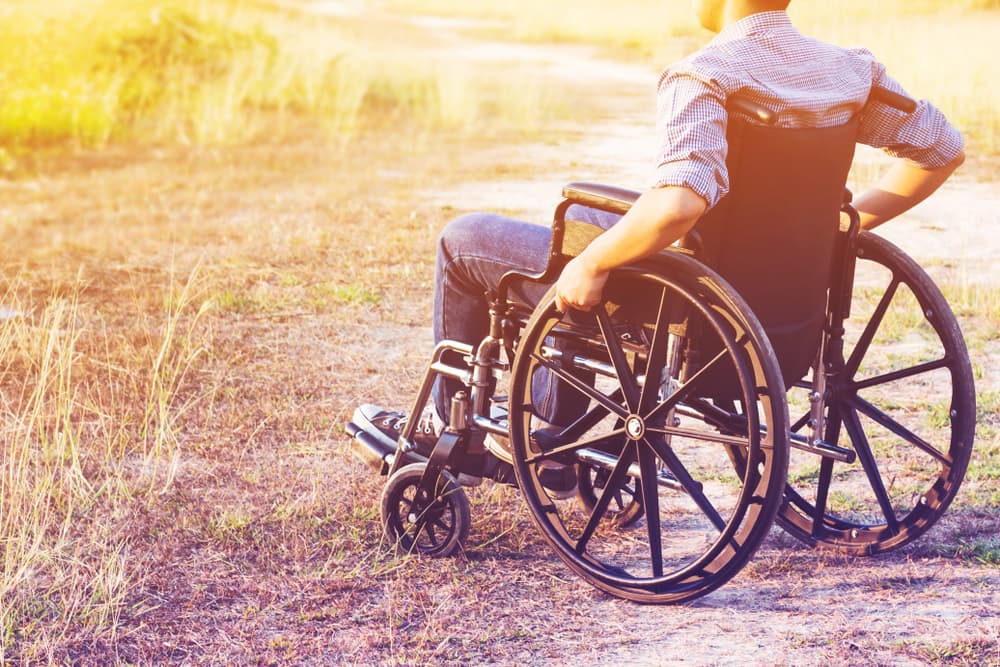 |
Living with muscular dystrophy, in addition to mobility impairment, affects the individuals’ everyday way of life. They typically require assistance with moving and exercises to help maintain mobility, all while accommodating to their specific needs. Muscular dystrophy and mobility impairment essentially go hand in hand. Generally speaking, the patient can experience weakness in areas such as their muscles, heart and lungs, which contribute to the inability to move around in a conventional manner. The use of equipment including wheelchairs, ventilators, and transportation devices can be extremely helpful in this situation, but this often still requires the assistance of a support…
> Read MoreIt is common to think of muscular dystrophy as a single disease but in fact it is a group of neuromuscular disorders. Duchenne is the most common form of muscular dystrophy that leads to muscle degeneration and muscle weakness, a disease that begins in childhood. It is genetically based and is caused by a lack of a protein called dystrophin, which goes on to damage the muscles. Ultimately, Duchenne is due to a faulty gene that can be passed on to the baby. In some cases, however, the gene was not passed on from the mother. The basics The muscles in the lower body are usually affected first, including the hips and pelvic area. Eventually, shoulder muscles will also weaken while the skeletal muscles of the upper body will then follow. Symptoms present themselves between the ages of three and five; while this disease is mostly found in boys, it…
> Read MoreMuscular dystrophy is category that includes a variety of inherited conditions. What they share in common is a progressive weakening of the body’s muscles. The different types of muscular dystrophy have their own unique symptoms that also overlap. Muscular dystrophy leads to significant loss of function and can be challenging for those people who have to go through the process of the disease. Muscular Dystrophy With muscular dystrophy, specific muscles can be affected. Children have been observed to have more severe forms of muscular dystrophy. Common symptoms include a loss of intellectual ability and muscle weakness. Children who fall frequently or have difficulty running can indicate the presence of the disease. As muscles become weaker, the development of motor skills can be inhibited along with a loss of muscle density. Types of Muscular Dystrophy Because Muscular Dystrophy has many different types, the symptoms of each can vary. Duchenne muscular dystrophy…
> Read More
